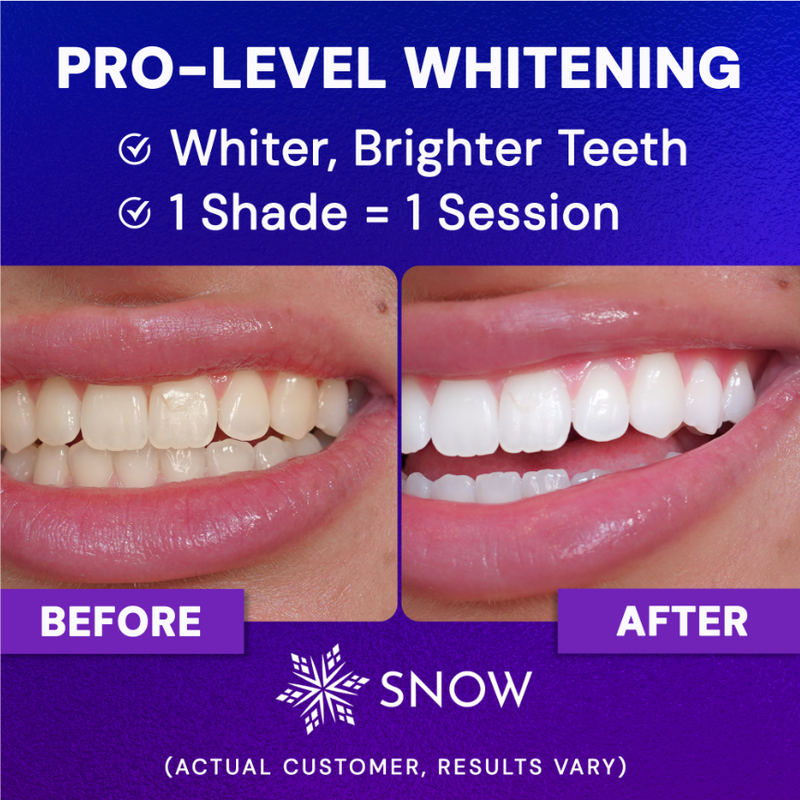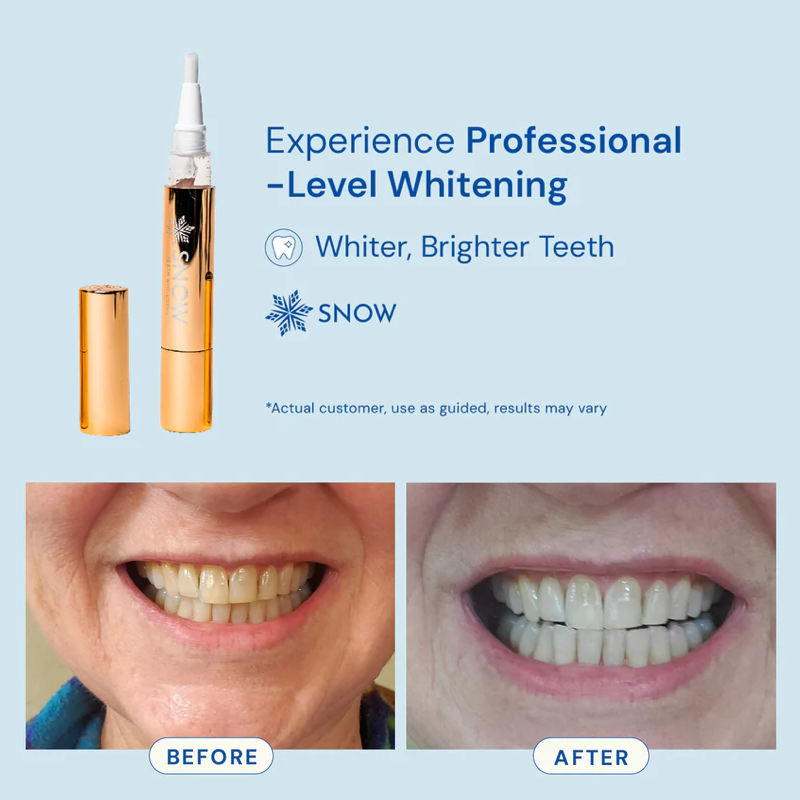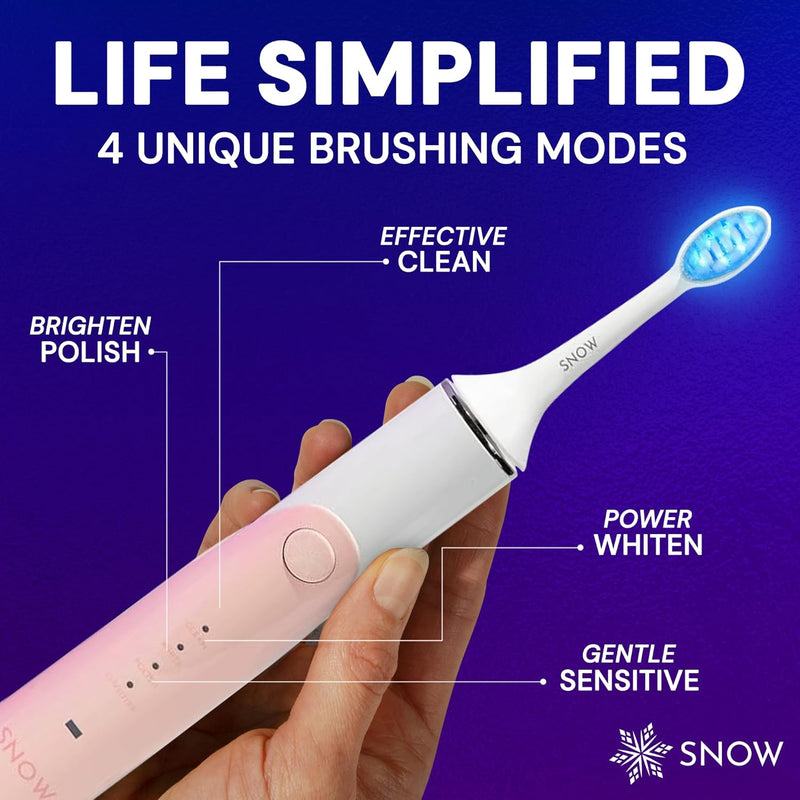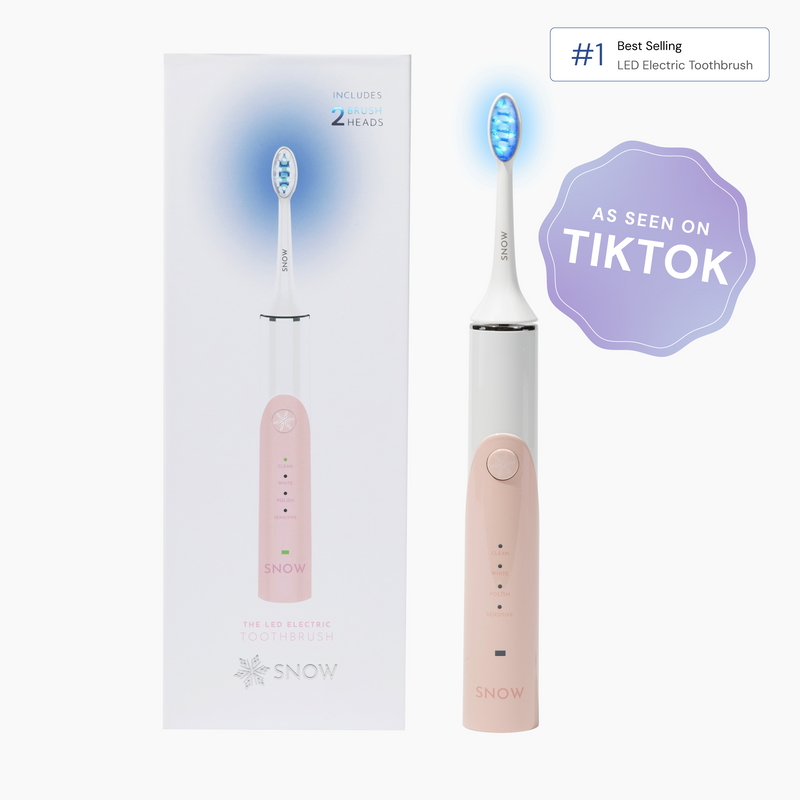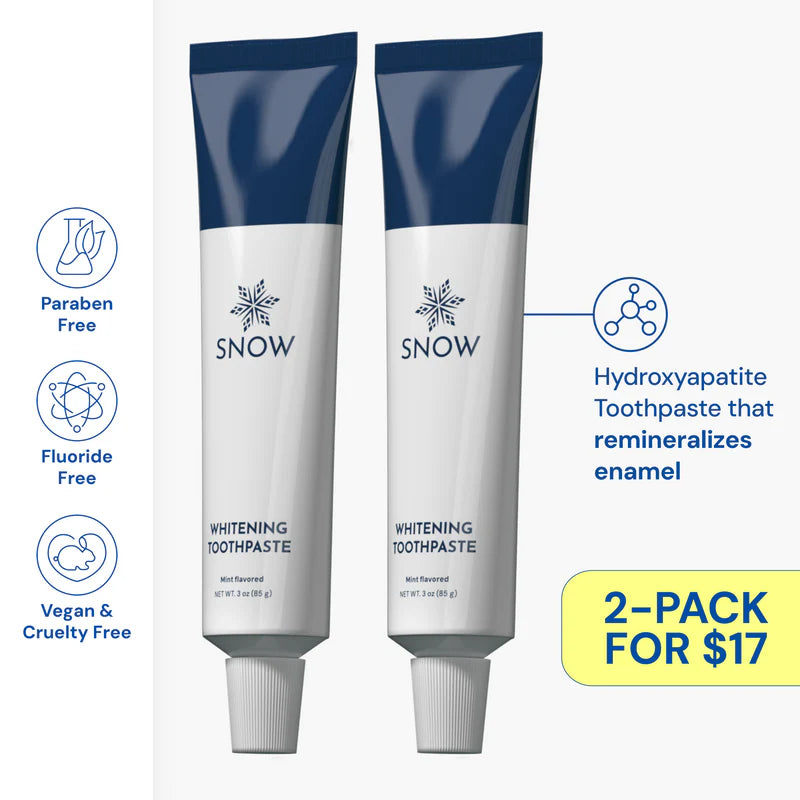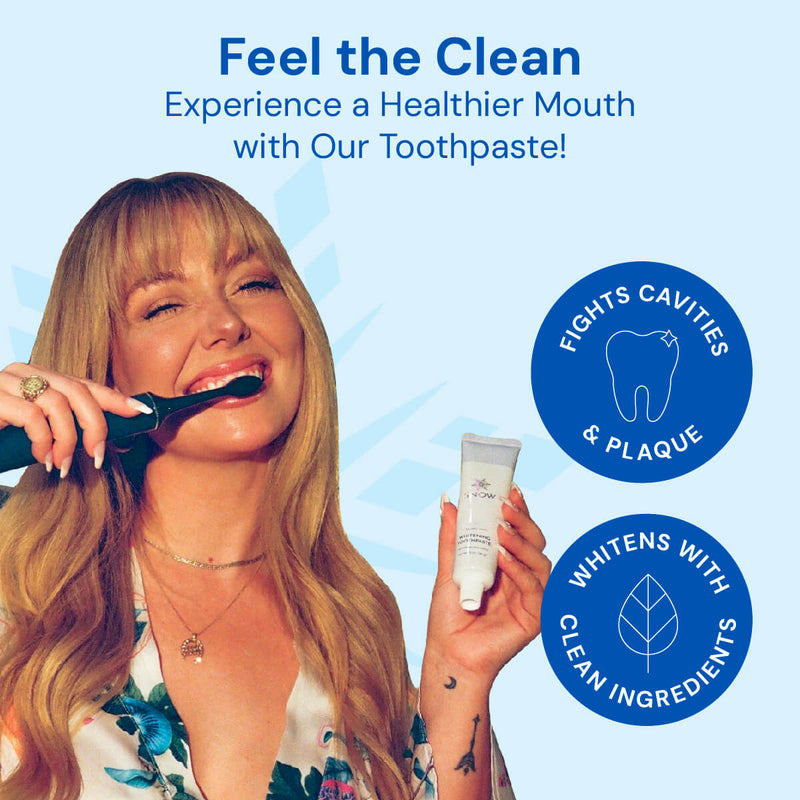One of the most prevalent dental disorders you may treat with orthodontic therapy is an overbite, one of the numerous conditions you can treat with proper orthodontic care.
A deep bite is otherwise known as a deep overbite, deep bite, or closed bite. It is a malocclusion in which the upper central incisors excessively overlap the lower teeth and occurs when the mouth is closed.
An overbite occurs when there is excessive overlap between the upper and lower teeth. A healthy bite features a slight overbite, often between 1 and 2 millimeters.
However, front teeth should be able to fit over the bottom row of teeth without a gap in between them. When there is an excessive amount of teeth overlap, this is referred to as an excessive overbite.
There are several distinct types of overbites, each of which has unique challenges to cure. Because of this, every situation is different. The orthodontist must create a one-of-a-kind deep overbite treatment strategy for each patient to properly and safely straighten the patient's teeth.
One of the most common reasons people seek treatment for orthodontic issues is that they have a deep bite, and orthodontists are proficient at treating this issue!
This article will educate you on all you need to know about overbites, including what they are, how they occur, and the treatment options available from orthodontists for overbites.
WHAT ARE THE ROOT CAUSES OF A DEEP BITE?
An underdeveloped lower jaw is the most typical cause of deep bites that are excessively deep. If the upper jaw grows faster than the lower jaw, the upper teeth will stick out further than they usually would. Because of this, the lower teeth continue to develop until they reach the roof of the mouth or the side and back teeth.
When the lower front teeth grow under the upper ones, teeth crowding and alignment issues are expected consequences.
When adults are missing one or more of their back teeth, this can lead to or exacerbate a deep bite. When a person has missing teeth, the lower face and bite collapse. This can give the appearance of advanced age to a person's face. The condition resulting from a missing lower tooth is similar to having a short lower jaw.
Patients with powerful biting muscles also have a greater propensity to develop a dental overbite. People who frequently clench or grind their teeth are more likely to suffer from this condition.
COMPLICATIONS FROM A DEEP BITE
If you have an excessive overbite, your upper teeth may cover your lower teeth. This can give the impression that the upper teeth are excessively long. In many cases, it can make the look of the chin shorter and more disproportionate to the rest of the face.
Case in point: A shorter lower face height is frequently the underlying factor that contributes to a deep bite. When this happens, the lower face doesn’t grow in line with the upper jaw teeth. Resulting in a frequently more horizontal lower jaw and a smaller appearing lower face.
This condition is known as atypical lower face growth. This can lead to a more aged appearance, as well as the formation of a crease just over the chin and in some cases, a prominent chin.
Additional difficulties may arise due to an increased deep bite that also results in an increased amount of upper teeth that stick out. It is possible for trauma risk to multiply many times over, which is a problem that is especially prevalent in children.
Obviously, protruding teeth are more likely to sustain damage. If the overbite is severe enough, an increased deep bite can also cause trauma to the palate because the lower teeth will be grinding against this surface more frequently.
Severe deep bites can also cause the front teeth to have excessive wear down prematurely, resulting in shorter lower teeth or even worn surfaces on the inner upper front teeth. Shorter upper front teeth can cause this.
An overbite can bring on speech issues if it is profound, but this can be treated during the overbite correction process for children or adults.
OVERBITE VS. OVERJET
It's common practice to use the terms "overbite" and "overjet" interchangeably. Nevertheless, one cannot simply be substituted for the other. The term "overbite" refers to the condition in which the upper and lower front teeth overlap one another vertically.
On the other hand, the term "overjet" refers to the vertical distance between the front teeth of the upper and lower jaws. People frequently refer to their protruding or flared-out teeth caused by overjet as having "buck teeth."
Patients with an overbite may also have teeth that project outward too far. In addition, there are a variety of classifications and divisions to choose from. But for the sake of this post, I'm going to talk about excessive overbites, also known as deep bites, more generally rather than getting into the specifics of the issue.
ORTHODONTIC TREATMENT FOR SEVERE CASES OF DEEP BITES
The appropriate orthodontic therapy for a patient with a deep bite will vary according to the patient's age, the severity of the malocclusion, the patient's aesthetic objectives, and any additional dental issues.
Patients with missing teeth may require additional dental procedures, such as dental implants, to replace missing teeth. Dental implants are one procedure that can help sustain proper jaw alignment after orthodontic work has been done.
To correct a deep bite, either the upper or lower front teeth (or both of them) will be repositioned into the bone that supports them. Second, dental restorations are added to lengthen the canine, molar, and lateral teeth at the back of the mouth. This procedure causes the deep bite to become more open.
Treatment for a severe overbite typically requires a collaborative effort between orthodontists and dentists specializing in restorative dentistry. A misaligned overbite may be corrected with contemporary orthodontic treatment, which may involve bringing your front teeth forward or your rear teeth on. Many of today's methods for addressing a deep bite are unobtrusive and may be performed in the dentist's office.
In most cases, a deep bite treatment consists of braces or clear aligners. When it comes to overbite correction, a qualified and experienced orthodontist is aware of the many treatment methods available.
A severe deep bite will worsen if it is not treated appropriately beginning in childhood. As a result of clenching and grinding the teeth, excessive wear and tear occur on the teeth, which makes the deep bite more evident.
Patients can save themselves from having oral or facial surgery that is more complicated later in life by opting for an orthodontic treatment plan at an earlier stage.
HOW TO CORRECT AN EXCESSIVE UNDERBITE
When corrected by a qualified and experienced orthodontist, overbites may typically be treated successfully. Despite their prevalence, overbites have been the subject of much research.
An experienced orthodontist will have a great deal of skill when it comes to the treatment of overbites. This is because orthodontic physicians spend years studying how to straighten teeth in a safe and effective way.
TREATING AN UPPER TEETH OVERBITE
Overbites can be treated with a variety of appliances that are available to your orthodontist.
BRACES MADE OF METAL OR CERAMIC
Braces, the most frequent device used by orthodontists, have been instrumental in the process of helping many millions of individuals of all ages acquire straight teeth and attractive smiles that will last a lifetime.
The majority of orthodontic service providers offer a variety of different types of braces treatment. Metal brackets can be paired with various colored rubber bands, which are popular with children and teenagers.
On the other hand, Ceramic brackets use a tooth-colored or transparent material that makes the braces less noticeable. Adults use ceramic braces due to their understated appearance.
Make it a priority to locate a competent orthodontic practitioner who can correct your overbite with braces; choose a clinic dedicated only to orthodontics rather than a general dentist's office.
Orthodontists are dental specialists who have completed additional training lasting two to four years. As a result, they have far more expertise than regular dentists in teeth straightening.
In addition, they focus solely on correcting misaligned teeth rather than performing a wide variety of other dental procedures. This focus allows them to amass a wealth of experience in the field, in addition to the tools, technologies, and equipment required to provide exceptional outcomes.
INVISALIGN CLEAR ALIGNERS
Invisalign clear aligners may be a possible solution for correcting overbites, provided that you select an orthodontist with extensive experience. This therapy consists of a set of aligners made of transparent plastic and customized to fit your teeth. These aligners gradually and safely shift your teeth into their ideal positions.
Even though other clear aligner brands have emerged, each providing a treatment comparable to that of invisible braces, Invisalign has maintained its position as the industry leader in terms of innovation and design, ensuring the best possible outcomes and the highest possible level of efficiency.
Go to an experienced orthodontist who also provides Invisalign. You will be able to take advantage of patented technology that has been shown in studies to improve the effectiveness of treatment. Your overbite can be corrected by your orthodontist using state-of-the-art instruments in a shorter time and with more pinpoint accuracy than possible with other types of aligners.
In addition, it is of the utmost need that you receive treatment from a certified orthodontist in-office for your clear invisible braces. This can have severe repercussions for the outcome of your treatment and the safety and health of your teeth and mouth.
Many companies that sell aligners through the mail offer treatment that can be done at home without ever requiring you to see a professional in person. The American Association of Orthodontists recently published consumer advice advising against using these at-home kits.
Mail-order aligner manufacturers have been the target of thousands of customer complaints alleging that the products either do not work as advertised or cause irreversible harm to the teeth.
Bypass the teledentistry and see an orthodontist in person for your treatment instead. They will directly supervise your care and carefully monitor your progress as they work to correct your overbite. They will be able to answer any questions or concerns you may have.
ORTHODONTIC TREATMENT JAW SURGERY
Oral surgery may be the best option in conjunction with comprehensive orthodontic treatment for extremely severe overbites patients. Oral surgery can produce excellent results for correcting a severe deep bite; however, this procedure is only performed in highly unusual cases that call for significant medical intervention.
Adults, whose teeth roots and bones have already firmly developed, and are therefore more challenging to move, are more likely to require surgery to correct severe skeletal overbites than children. Because children's bones are still developing, orthodontic treatment is most effective when administered to children.
As a result, even severe overbite cases are more manageable in children, and most do not require surgical overbite correction. Most adult patients are also candidates for orthodontic treatment that can be completed successfully with just that modality alone.
If surgery is necessary to treat your condition, your orthodontist will refer you to an oral surgeon. You will be treated with either surgery or orthodontics, which can be chosen from the options presented earlier in this section.
RETAINERS
Even though retainers are unable to correct an overbite, they are an essential part of the treatment process for maintaining the results of correcting an overbite. You will be given a retainer or multiple retainers to wear after completing your treatment with either braces or Invisalign so that the results of your treatment can be maintained. Y
our orthodontist will schedule a follow-up appointment for you every six months to evaluate the treatment results. Ensure you wear your retainer as directed to prevent the overbite from returning.
CONCLUSION
A deep overbite is an issue that can cause some medical problems, such as discomfort from various situations, and also lead to low self-esteem. There are several modern methods for correcting a deep overbite. Talk to your dentist about which option is best for you.
FAQS
IS A DEEP OVERBITE NORMAL?
Overbite is common, and most people have one. However, there might be issues if the overbite is too large or too tiny. One such problem is when the overbite is prominent, leading to what dentists refer to as a 'deep bite.' A deep bite can produce excessive wear, discomfort, and cosmetic difficulties.
CAN YOU FIX A DEEP OVERBITE?
Deep overbites are frequently addressed as part of orthodontic therapy. In extreme cases of deep bite, however, the patient may need orthognathic surgery to straighten the teeth and jaw.
HOW LONG DOES IT TAKE TO FIX A DEEP OVERBITE?
Because each person's condition is unique, there is no hard and fast rule for how long braces treatment for an overbite will last. Treatment typically lasts between six months and two years. Severe overbite cases often necessitate more time because they are frequently associated with other dental issues, such as overcrowding.
WHAT IS A DEEP BITE VS AN OVERBITE?
A deep bite is a dental malocclusion or misalignment in which the top and bottom teeth overlap excessively. It is also known as an overbite or a closed bite. Deep bites are frequently caused by lower teeth shorter than the top jaw, resulting in a significant overlap.













































